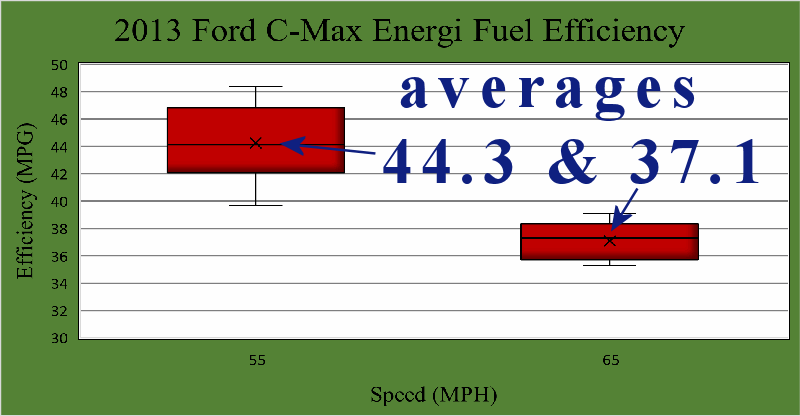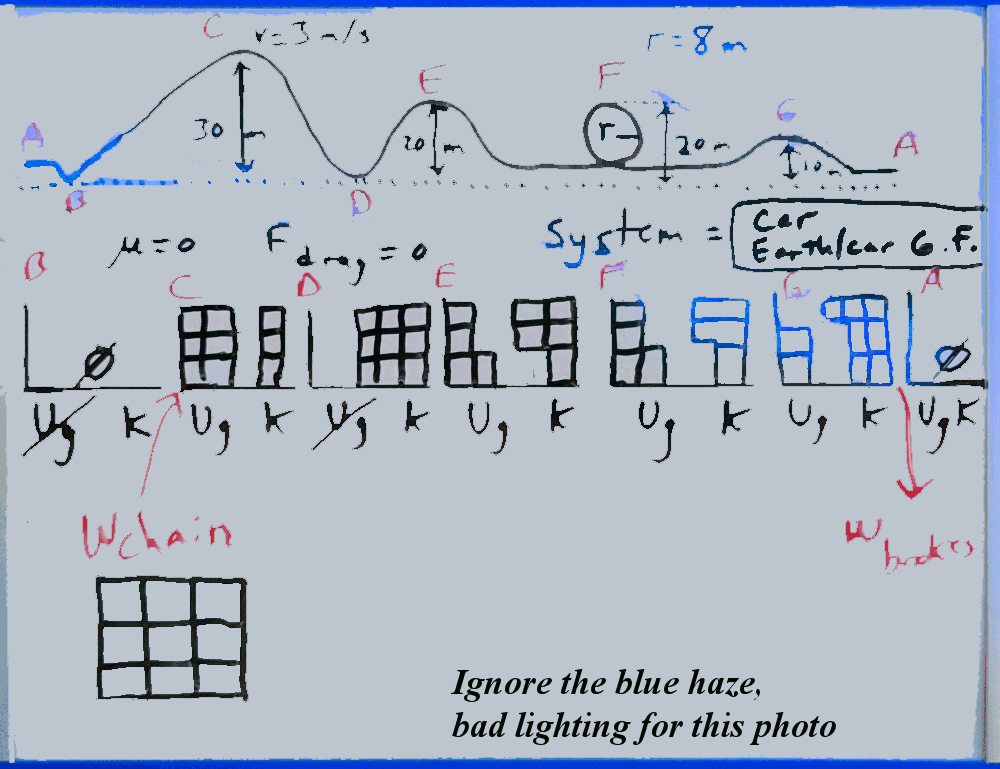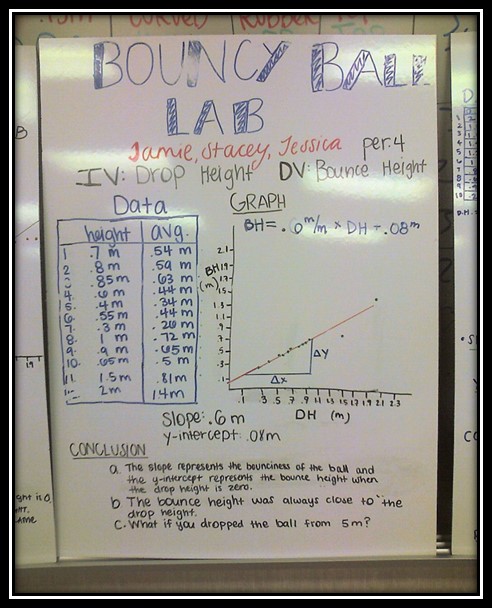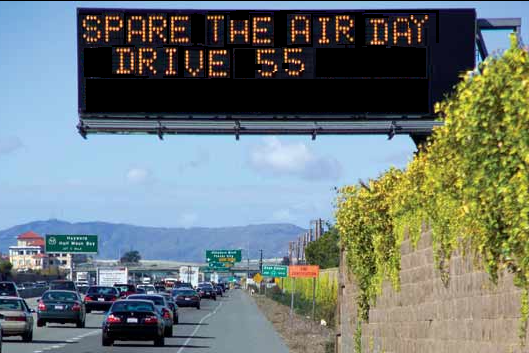Fuel savings calculator for driving 55 on highways
When my school returned to in-person teaching in May, I started a short daily commute with about 13 miles on a highway with no traffic slow-downs (teaching has its advantages: early start means before most commuters). I started recording the fuel efficiency (miles per gallon) during the highway drive each day. We have a Ford C-max Energi plugin hybrid, which I put into ‘gas only’ mode during these drives (there are zero- to minimal benefits of a hybrid while driving freeway speeds).
Here are the results of 13 legs at 55 MPH, and 12 legs at 65 MPH:

Here are some calculated consequences of driving at 55 MPH instead of 65.
For one week of driving (five days round-trip = 130 miles)
- 0.57 gallons of gas saved.
- 16.3% decrease in gas consumed/greenhouse gases emitted.
- $2.05 saved each week (based on a $3.59/gallon current gas price in my area)
- 22 extra minutes behind the wheel
You can see all my data, including updates, on an Excel spreadsheet here.
Other resources for data on driving 55 MPH
- Consumer Reports: Estimates 6-8 MPG savings.
- US Dept of Energy. Includes an estimator where you can select your car.
- SF Chronicle, Oct 2005. Compares 55 to 70, but not the best comparison because 55 was in one direction and 70 was the opposite; so wind direction may have effected the efficiency.
- Edmuds.com. Estimates 12% savings.
- Physics @ Stackexchange. A good discussion about the physics behind fuel efficiency.
- MPG for Speed. Includes a calculator that estimates your cost sayings in a year.
- TruckStop.com. Evaluations of driving speeds for big-rig truckers (yes, even they save gas by driving slower).
- Letter to the editor: Driving 55 won’t save gas. I include this link because the author makes a claim that he seems to back up with evidence (‘I drove 80 MPH and got 1 MPG better than the car’s rating’) but doesn’t actually test his claim. If he truly wanted to test his claim, he would have driven both at 55 and 80 and compared those.
Calculate your own savings
- Enter your fuel efficiency rate at 65 MPH (you can probably use the manufacture’s highway rating for this).
- Enter your gain in efficiency if driving at 55 MPH (20% is a good approximation if you haven’t done the calculations for your vehicle)
- Enter the distance you will drive.
- Enter the cost of gas in your area.
- Check your results!
The last result, “Pay rate,” looks at how much money you save vs the extra time you take driving, and tells you the hourly rate you are being payed (well, actually saving) by driving slowly.





